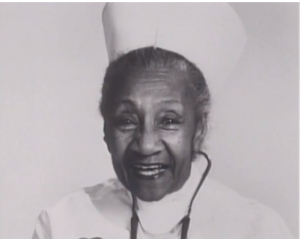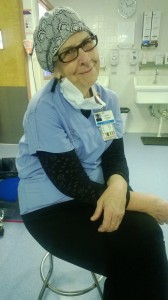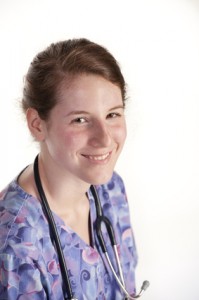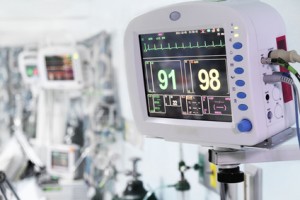
pkchai/ Fotolia
“Healthcare is political,” says a nurse quoted in this article on Nurse.com. The article looks at why some nurses have become politically active.
Pat Barnett was motivated to get involved in the legislative process in 1976, when she was a young nurse working for a state psychiatric hospital. At the time, deinstitutionalization was underway, with attempts by the state to move people from state facilities to the community. Barnett felt that she couldn’t just stand by and watch what she saw as a great injustice, as people were discharged from the state institutions but then had nowhere to go, and were given very little support. “So you would see people end up in the No. 1 institution for the mentally ill,” says Barnett. “Jail.”
She testified along with other nurses and they were able to get more funding for the mental health system, allowing some facilities to remain open.
Barnett points out that nursing is a highly regulated profession, which means that it’s especially important for nurses to be active and engaged politically.
The current state of healthcare and the upcoming presidential election add to that urgency, Barnett says. The points out that the Affordable Care Act alone has a great impact on nurses. If it stands, there will be 900,000 new patients in the state of New Jersey who will have new health coverage. Right now there are 1,400 too few primary care doctors — Barnett sees nurses as possible saviors.
“We have 5,000 advanced practice nurses, 80% of whom actually practice in primary care, and many of those take Medicaid and Medicare patients,” Barnett said. “So I think nurses need to be involved because the Affordable Care Act creates opportunity for nurses, whether or not they are advanced practice nurses. Also, there is money in the Affordable Care Act to create nurse-run clinics — and money for nursing education. That happened only because the American Nurses Association, other nursing associations and individual nurses lobbied the legislature and their individual legislators to make that happen.”
The Institute of Medicine weighed in on the importance of nursing input in its October 2010 report, “The Future of Nursing: Leading Change, Advancing Health.” According to the IOM, nursing is at a pivotal point.
“Nurses’ roles, responsibilities and education should change significantly to meet the increased demand for care that will be created by healthcare reform and to advance improvements in America’s increasingly complex health system,” the IOM announced after releasing its report.
Even as the largest healthcare profession, nursing’s voices often are silent or ignored, according to Vance.
“I believe our values and concerns should be heard to help our patients and our profession,” she said. “We have to decide whether we want to make our voices heard, [and have] input in the decision-making around our practice. Or, they’ll make these decisions without our input.”
Many nurses, like a number of Americans, think politics is a dirty word, according to Linda Parry-Carney, RN-BC, MA, education specialist at Hackensack (N.J.) University Medical Center.
Parry-Carney is a former president of the New Jersey State Nurses Association and the current chairwoman of the board for the New Jersey Collaborating Center for Nursing.
What nurses might not realize, she said, is they already are politicians, whether they’re negotiating with patients at the bedside, with employers, on hospital committees or as members of organizations.
Legislators don’t act alone. They make decisions based on what their constituents want, according to Parry-Carney.
“[As NJSNA president,] when I needed to talk to the Governor’s staff, an assemblyperson, senator or the commissioner of health, it wasn’t just me sitting in front of him,” she said. “He knew I represented the interests of all the people who were members of our organization, and, in fact, all nurses in New Jersey.”
One nurse sharing his or her perspective helps formulate strategies that groups use in an effort to influence policy and make changes.
“Every nurse should be a ‘political’ nurse because we are such a caring, large constituency for people,” Vance said. “We are important to society. We’re important to people. So we have to take our practice beyond the bedside, beyond the school, beyond our research, and set it in a larger way into community involvement, which means being an activist, being a volunteer, being an informed citizen.”



 As 2013 began, some experts declared that not only was the nursing shortage over but that it was a “myth” (See our February 2013 article: “
As 2013 began, some experts declared that not only was the nursing shortage over but that it was a “myth” (See our February 2013 article: “


 One of the most recently revitalized cities in the United States, Indianapolis is home to some great Midwestern hospitals. Some of the best nursing jobs in Indianapolis can be found at the
One of the most recently revitalized cities in the United States, Indianapolis is home to some great Midwestern hospitals. Some of the best nursing jobs in Indianapolis can be found at the



